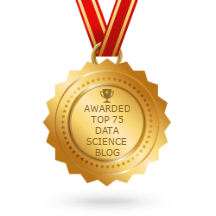Amazon Go
Happy Learning!!!
- QR Code for user account linking
- Pick items, Auto detected
- Multiple validation points (Video Object Detection, Shelf Weight sensor-based confirmation, RFID reads etc)
- Multiple RFID readers to capture item movement across ISLEs
- Massive surveillance
- Real-time computation
- QR Code for user account linking
- Pick and Buy
- Mobile App integration
- Weight Sensors used to detect Shelf Item Quantity
- Unique Items in each row. It is not mixed
Happy Learning!!!





















